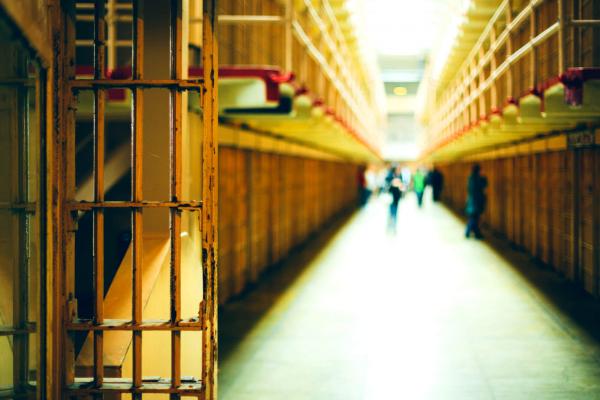Aug 30, 2017
While there still have been no executions in California since 2006 — largely due to a court battle over lethal injection drug protocols — that could change if the state’s proposed single-drug method for lethal injection passes legal muster. More than 15 of the state’s death row inmates have exhausted all of their appeals, so if it does, prosecutors undoubtedly will be asking judges to set immediate execution dates.
Read the Full Article

Already a subscriber? Login
